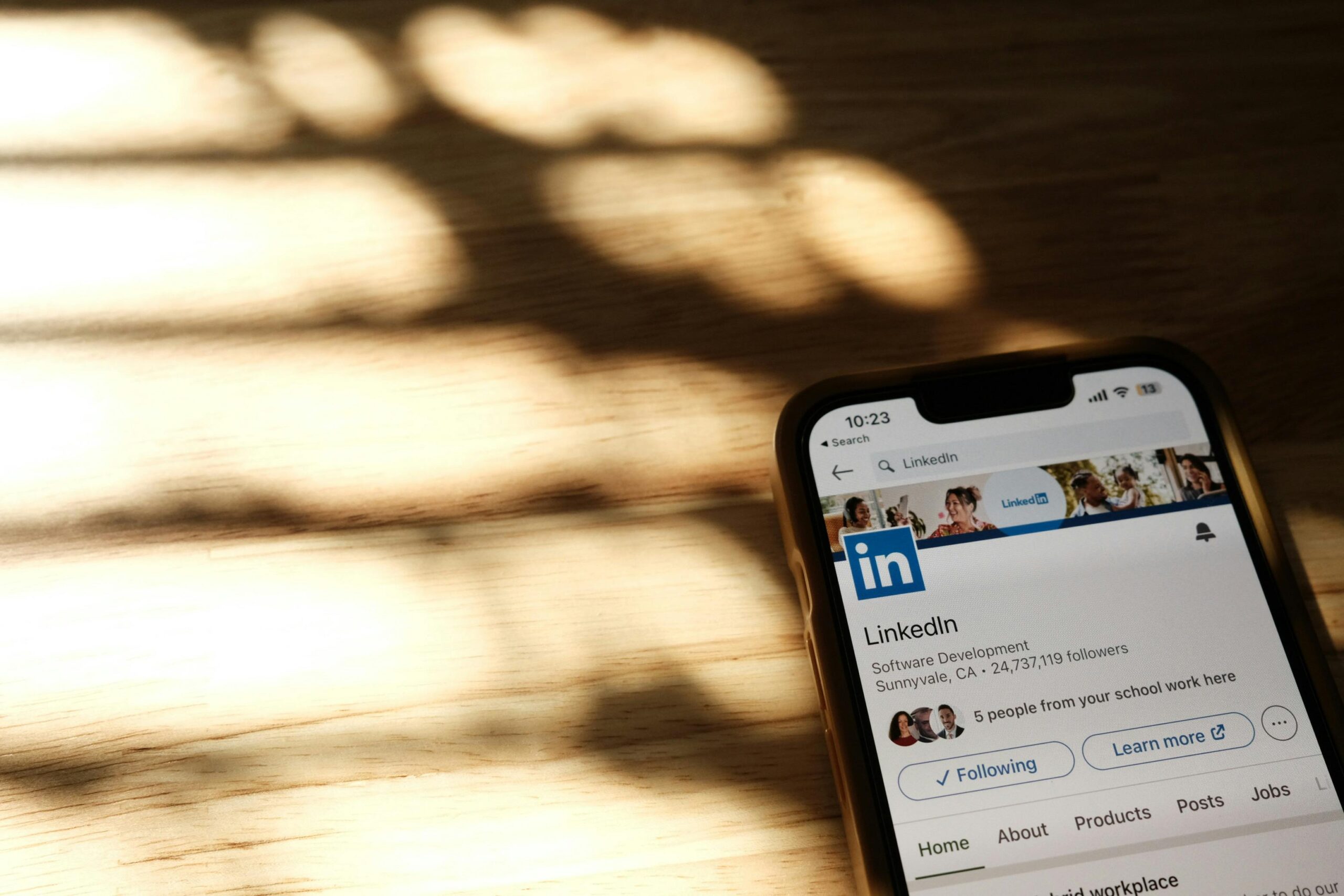
LinkedIn has become one of the most important platforms for professionals to network, share content, and find job opportunities. With over 700 million users worldwide, it’s crucial to make sure that your posts on LinkedIn are seen by the right people and have a positive impact on your personal brand. In this article, we will discuss some technical tips for posting on LinkedIn that can help you stand out from the crowd and make a lasting impression.
1. Understand the LinkedIn algorithm
One of the most important things to keep in mind when posting on LinkedIn is the platform’s algorithm.
LinkedIn uses a complex algorithm to determine which posts are shown to users, so it’s important to understand how it works in order to maximize your reach. Some key factors that can affect the visibility of your posts include engagement (likes, comments, shares), relevancy, and completeness of your profile.
2. Use eye-catching visuals
Visual content is more likely to grab the attention of users scrolling through their LinkedIn feed. Make sure to use high-quality images, videos, and infographics in your posts to make them more visually appealing.
Studies have shown that posts with images or videos tend to get more engagement than text-only posts, so investing in visual content can help boost your visibility on the platform.
3. Optimize your headlines and captions
When writing headlines and captions for your LinkedIn posts, it’s important to be concise and to the point. Keep your headlines under 120 characters and make sure they are attention-grabbing and relevant to the content of your post.
Use captions to provide context or additional information about the content you are sharing, and make sure to include relevant keywords to improve the visibility of your posts in search results.
4. Post consistently
Consistency is key when it comes to posting on LinkedIn. Make sure to post regularly to keep your audience engaged and to stay top of mind.
The frequency of your posts will depend on your personal goals and the preferences of your audience, but posting at least a few times a week can help keep your profile active and increase your visibility on the platform.
5. Engage with your audience
Engagement is a two-way street on LinkedIn. Make sure to respond to comments on your posts, like and share content from others, and participate in relevant conversations in your industry.
Engaging with your audience can help build relationships and establish your credibility as a thought leader in your field. It can also increase the visibility of your posts in the algorithm and help you reach a wider audience.
6. Use hashtags strategically
Hashtags can help increase the visibility of your posts on LinkedIn by making them easier to discover in search results. Make sure to use relevant and specific hashtags in your posts to help users find your content.
You can also follow relevant hashtags to stay up to date on trending topics in your industry and to engage with other users who are interested in the same subjects.
7. Analyze your performance
Tracking the performance of your posts on LinkedIn is crucial to understand what works and what doesn’t. Use LinkedIn Analytics to track metrics such as engagement, reach, and clicks on your posts.
Pay attention to which types of content perform best and adjust your strategy accordingly. Experiment with different formats, headlines, and posting times to see what resonates with your audience.
8. Optimize your profile
Your LinkedIn profile is a reflection of your personal brand, so make sure it is complete and up to date. Add a professional profile picture, write a compelling headline, and include relevant keywords in your summary and experience sections.
Make sure to include links to your website or portfolio to showcase your work and make it easy for users to learn more about you.
9. Connect with influencers
Networking with influencers in your industry can help increase the visibility of your posts on LinkedIn. Follow thought leaders, engage with their content, and reach out to connect with them on the platform. Collaborating with influencers can help you reach a larger audience and establish your credibility in your field.
10. Stay informed about platform updates
LinkedIn is constantly updating its platform with new features and tools to help users better connect and engage with their networks. Make sure to stay informed about these updates and take advantage of new features to enhance your posts.
Stay up to date on best practices for posting on LinkedIn by following the platform’s official blog and attending webinars or workshops on LinkedIn marketing.
Posting on LinkedIn is a great way to expand your professional network, share valuable content, and showcase your expertise.
By following these technical tips for posting on LinkedIn, you can increase the visibility of your posts, attract a larger audience, and build your personal brand on the platform. Experiment with different types of content, engage with your audience, and stay informed about platform updates to maximize your impact on LinkedIn.

